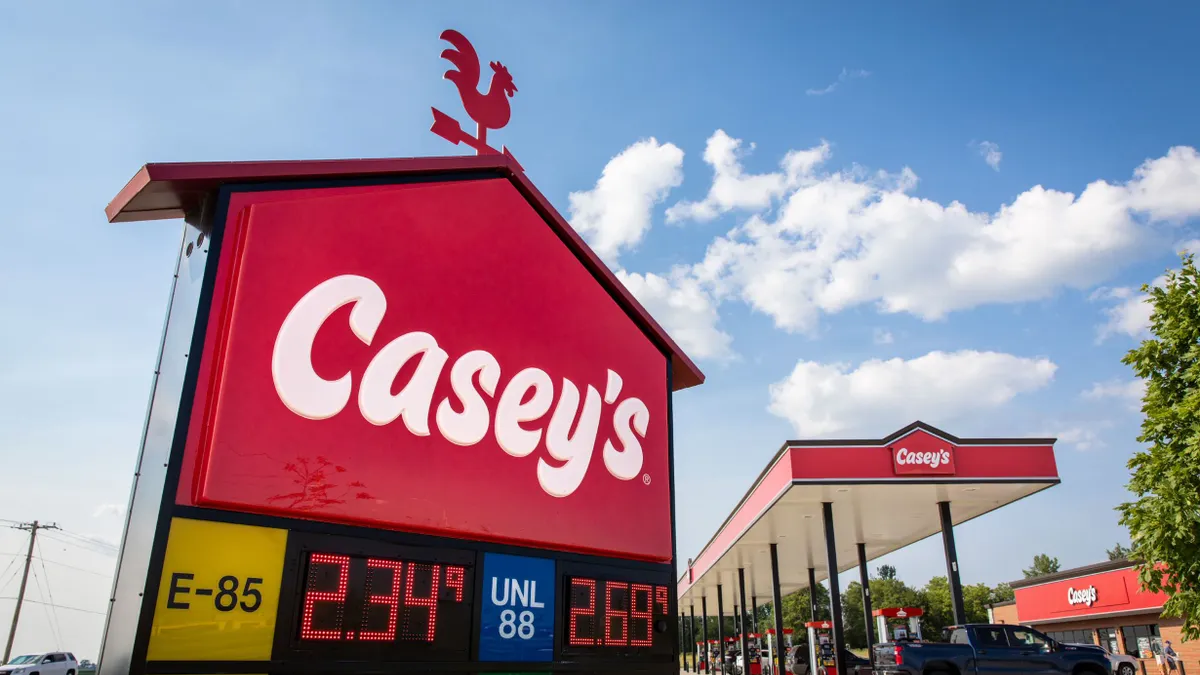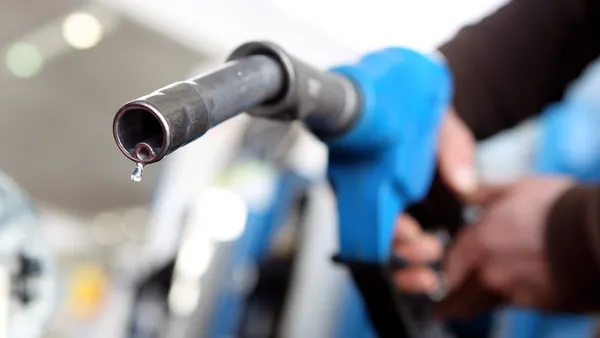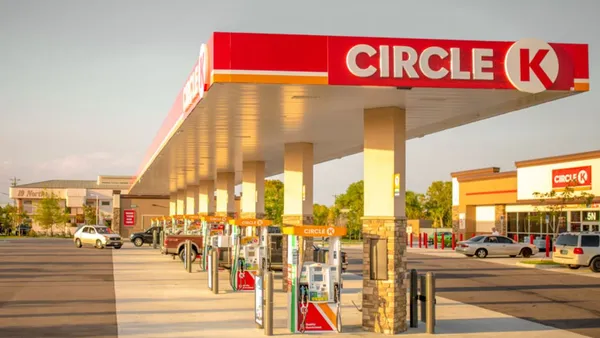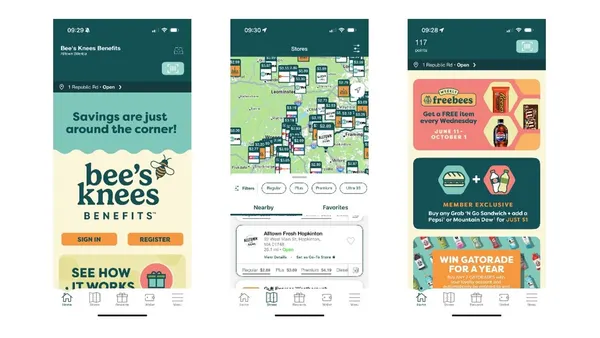Dive Brief:
- Republican states are moving to ban consumers from using government food assistance benefits on candy and soda, prompting backlash from industry giants who say the policy would not improve health outcomes and be difficult for grocers to implement.
- Governors from Arkansas, Idaho, Indiana and West Virginia over the last month have either submitted or plan to submit a waiver to the U.S. Department of Agriculture limiting the types of foods that Supplemental Nutrition Assistance Program recipients can purchase.
- The potential bans strengthen momentum for Health and Human Services Secretary Robert F. Kennedy's “Make America Healthy Again” agenda, which looks to crack down on ultra-processed foods and ingredients to address chronic disease and obesity.
Dive Insight:
Industry groups representing soda and candy manufacturers have pushed back hard against moves to limit SNAP purchases, saying they arbitrarily target certain foods and will do little to improve health outcomes.
“This sends a ridiculously conflicted message: it’s okay to buy a wide array of desserts, snack cakes and treats, just not soda and candy,” the American Beverage Association, which represents companies like Coca-Cola and PepsiCo, said in a statement. “How does that make sense?”
Restrictions could also be difficult to implement, particularly in the confectionary space, where the definition of “candy” can differ between states, according to the National Confectioners Association. Trail mix, for example, could be banned in one state but allowed in another.
While the MAHA movement claims that limiting SNAP purchases will push consumers to purchase more nutritious foods, many experts agree that limitations are unlikely to improve health outcomes among low-income Americans.
Food purchasing patterns are roughly the same between SNAP and non-SNAP families, USDA research shows. Prohibitions also do little to address the root causes of food insecurity, as SNAP recipients already have limited access to affordable and healthy foods, according to the Food Research & Action Center.
An estimated 39 million Americans, or about 6% of the U.S. population, live in a “food desert,” according to the USDA, and do not have a grocery store or other convenient option for nutritious foods.
As Republicans look to slash the SNAP benefits by up to $230 billion over the next 10 years, it could be even more difficult for those relying on that assistance to pay for healthy foods. Tariffs are also set to affect fresh produce more than other food categories, compounding the affordability problem.
Crystal FitzSimons, FRAC interim president, said in a statement that the push to ban certain foods under SNAP “signals a dangerous policy direction — one that ignores data and imposes costly and ineffective restrictions.”
“Research consistently shows that the primary barrier to healthier food is affordability, and incentive-based options are more successful at encouraging nutritious food purchases,” she said.












